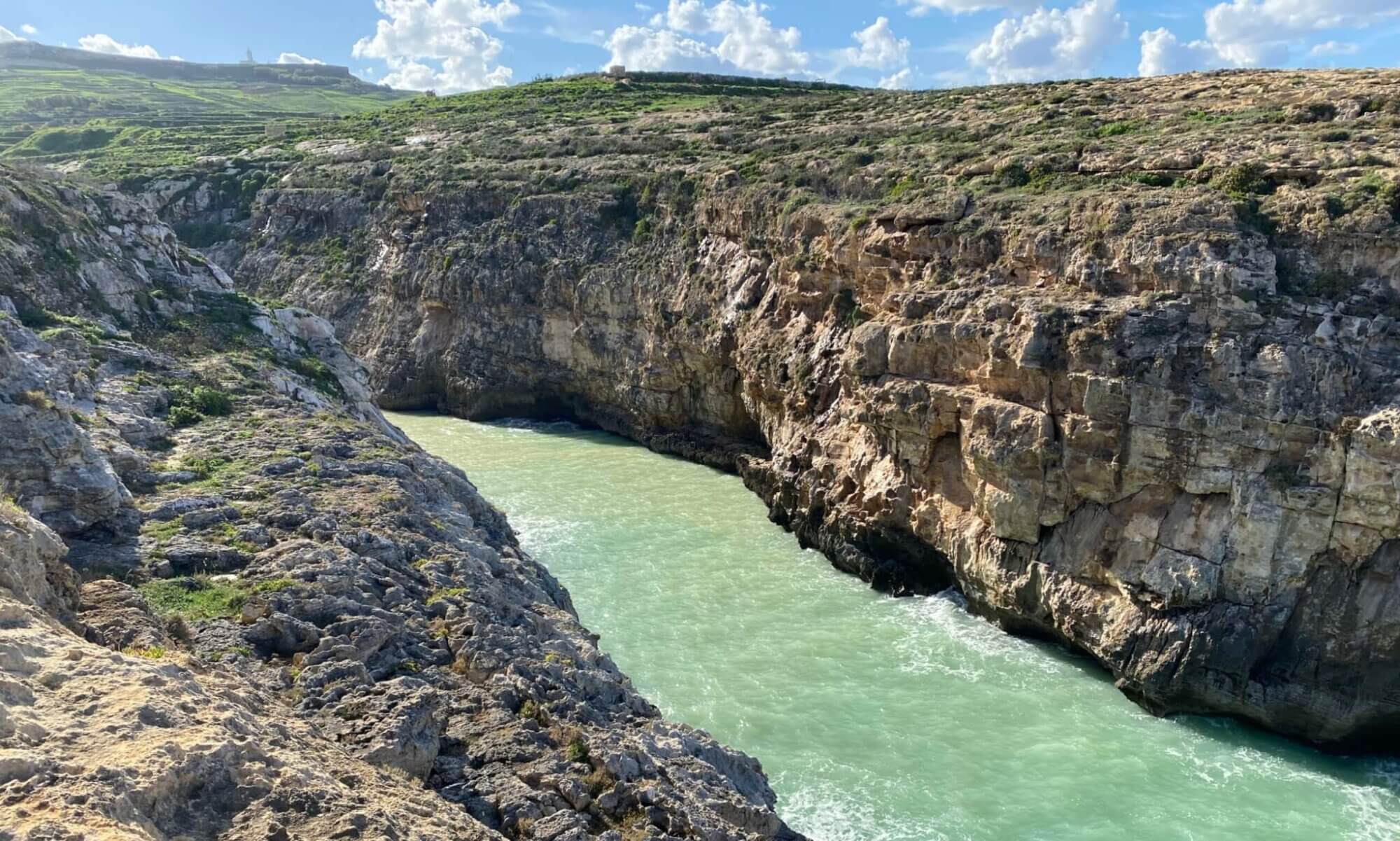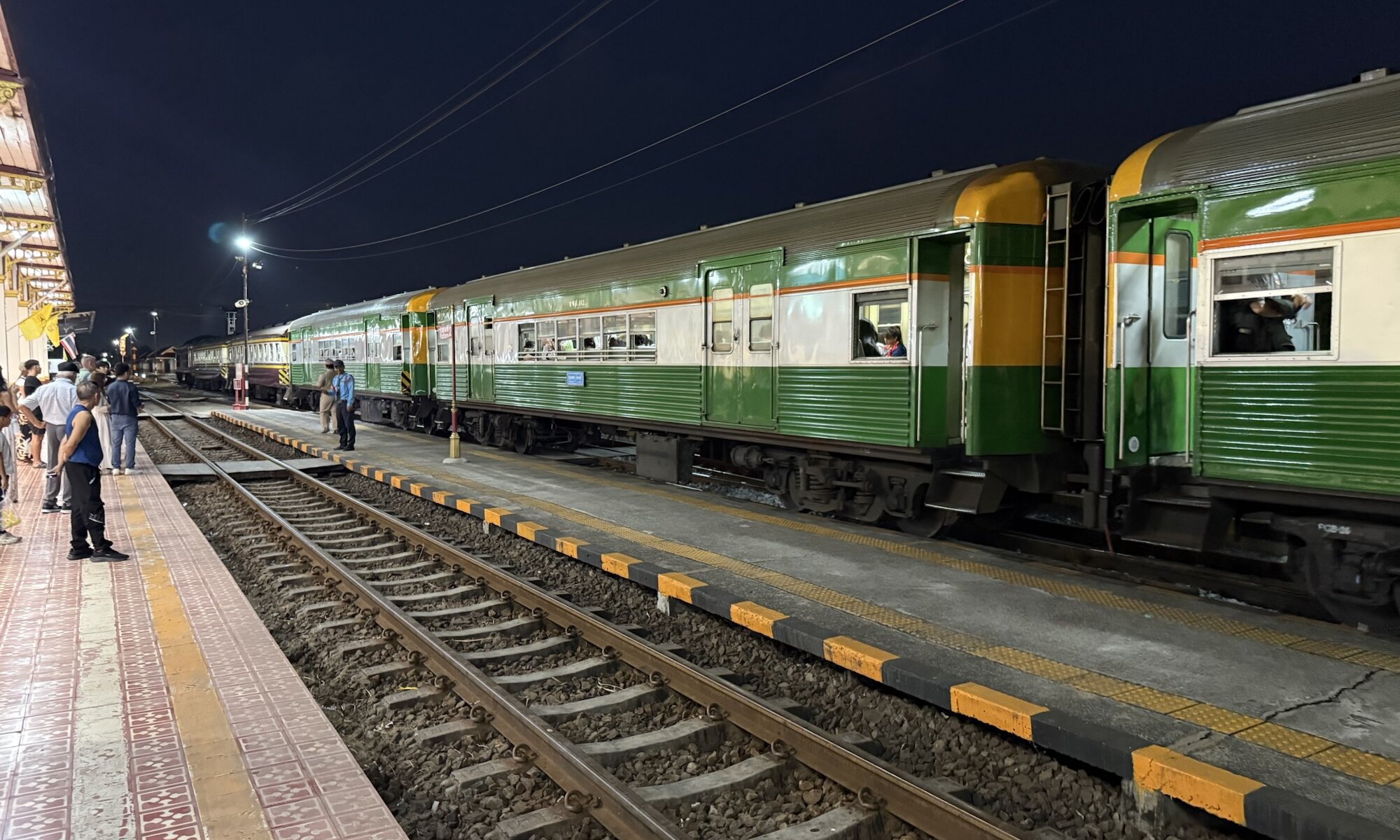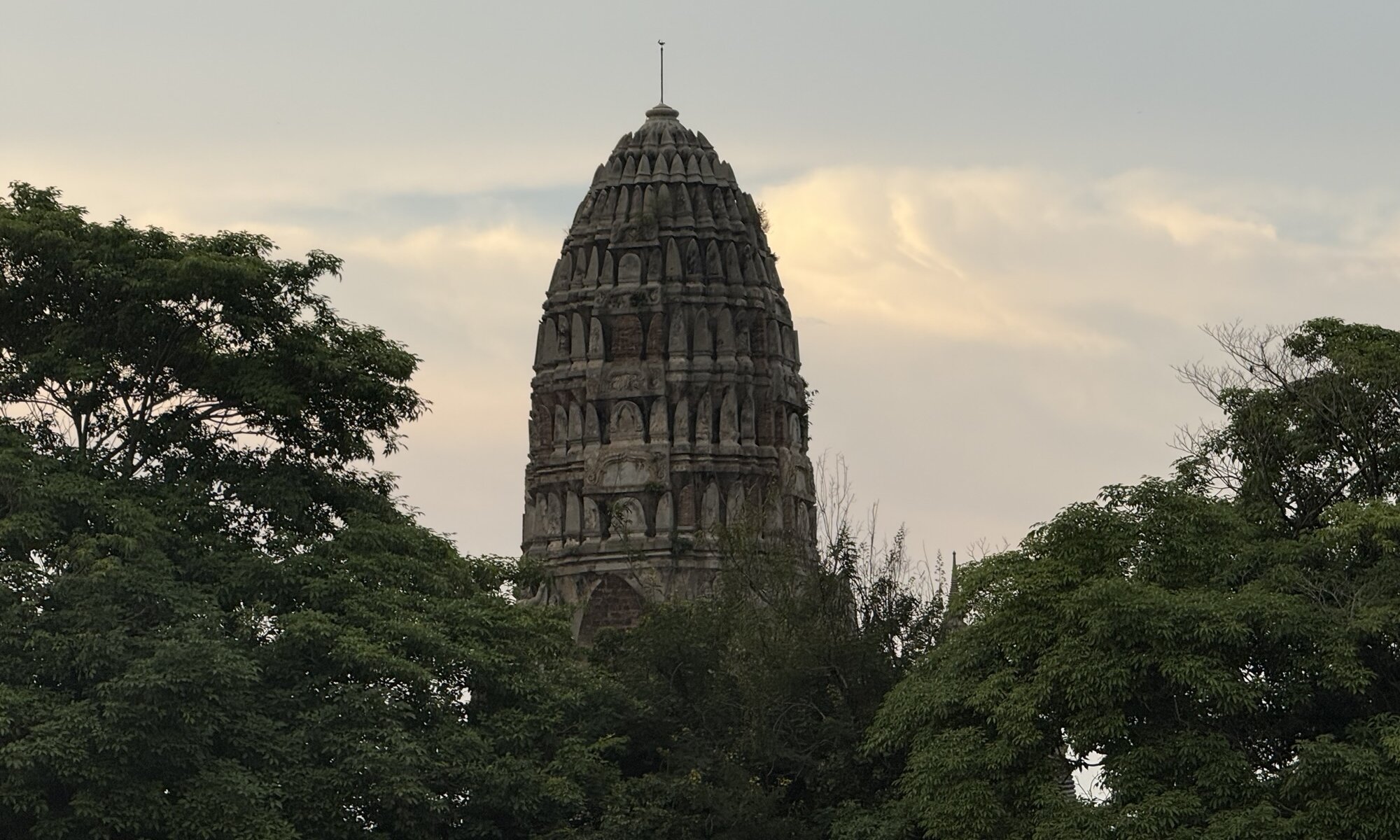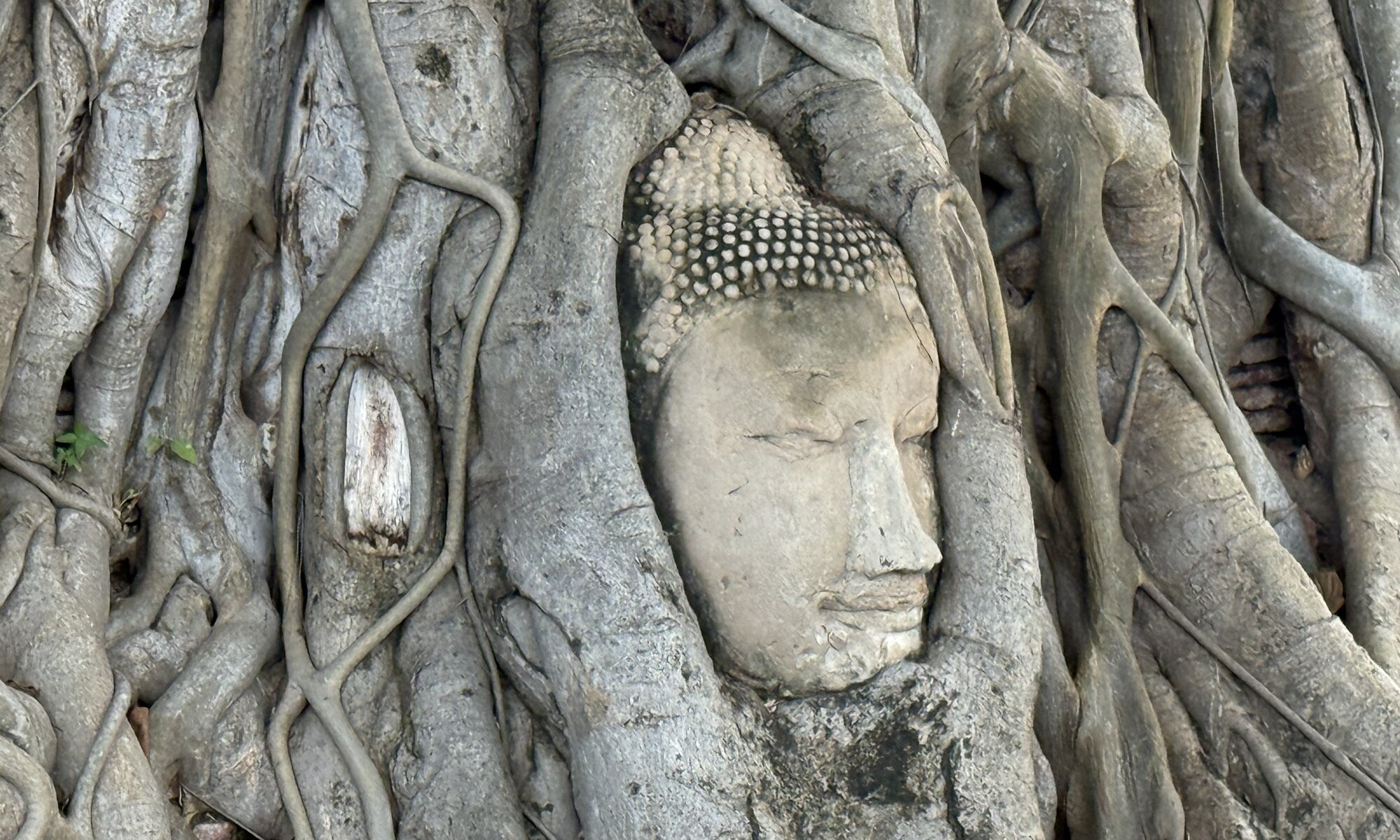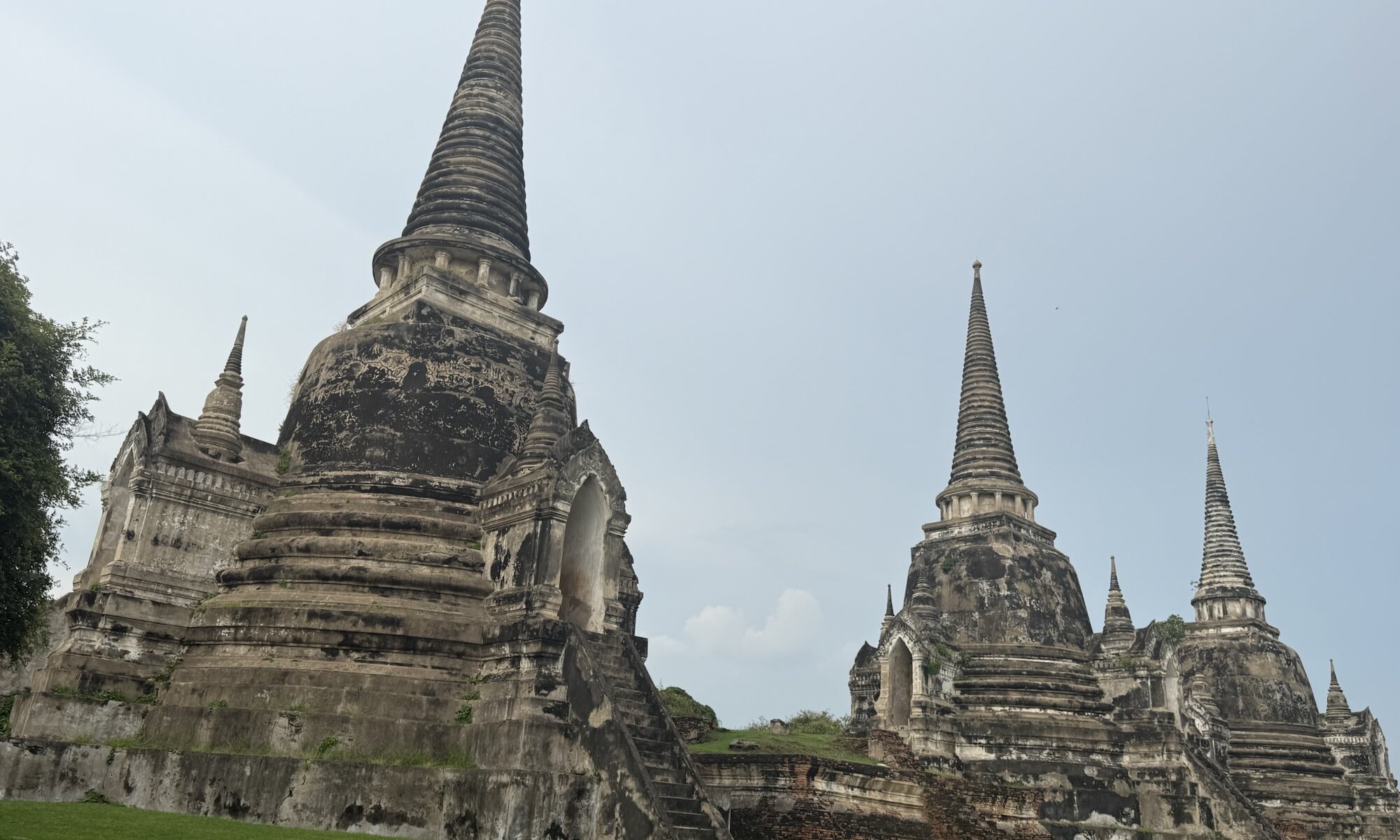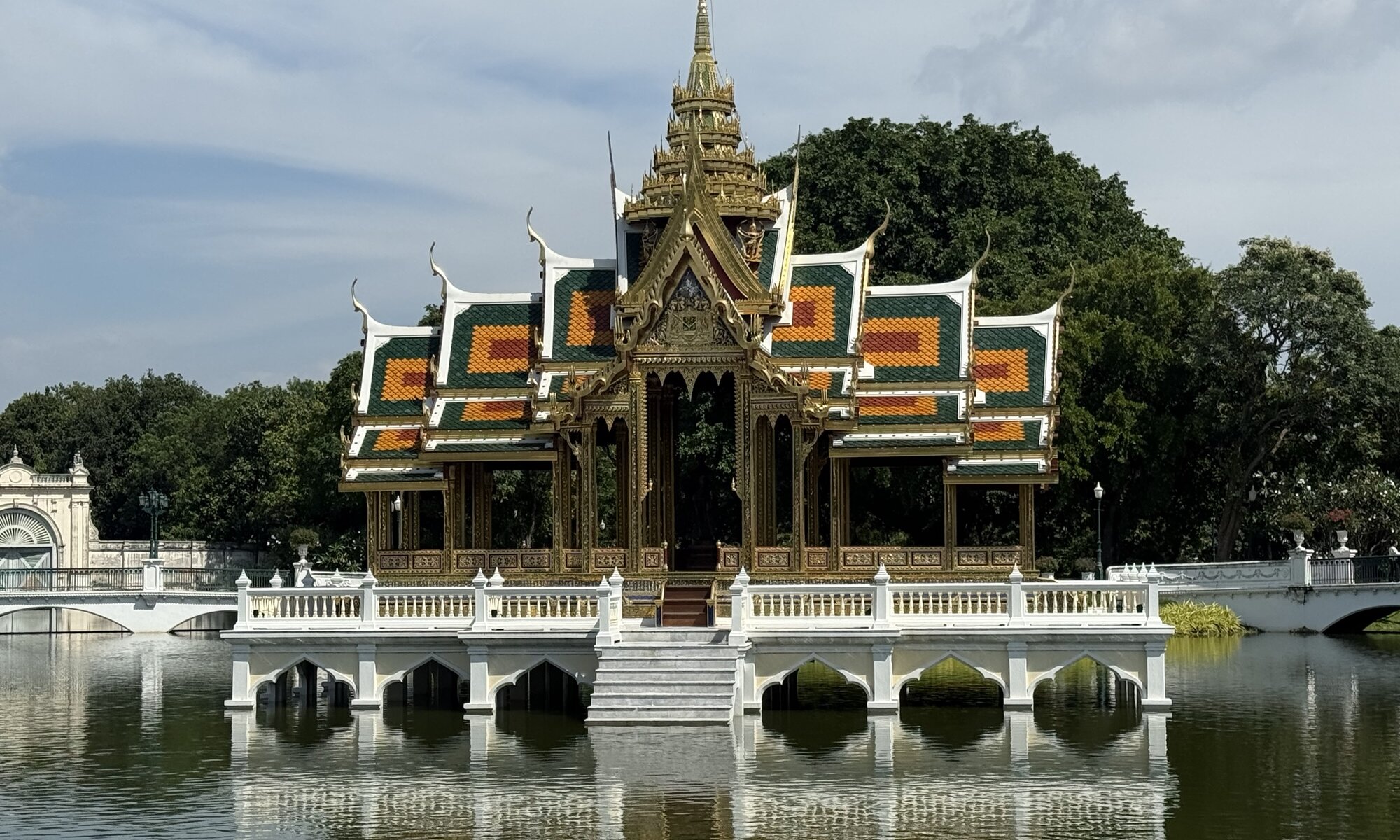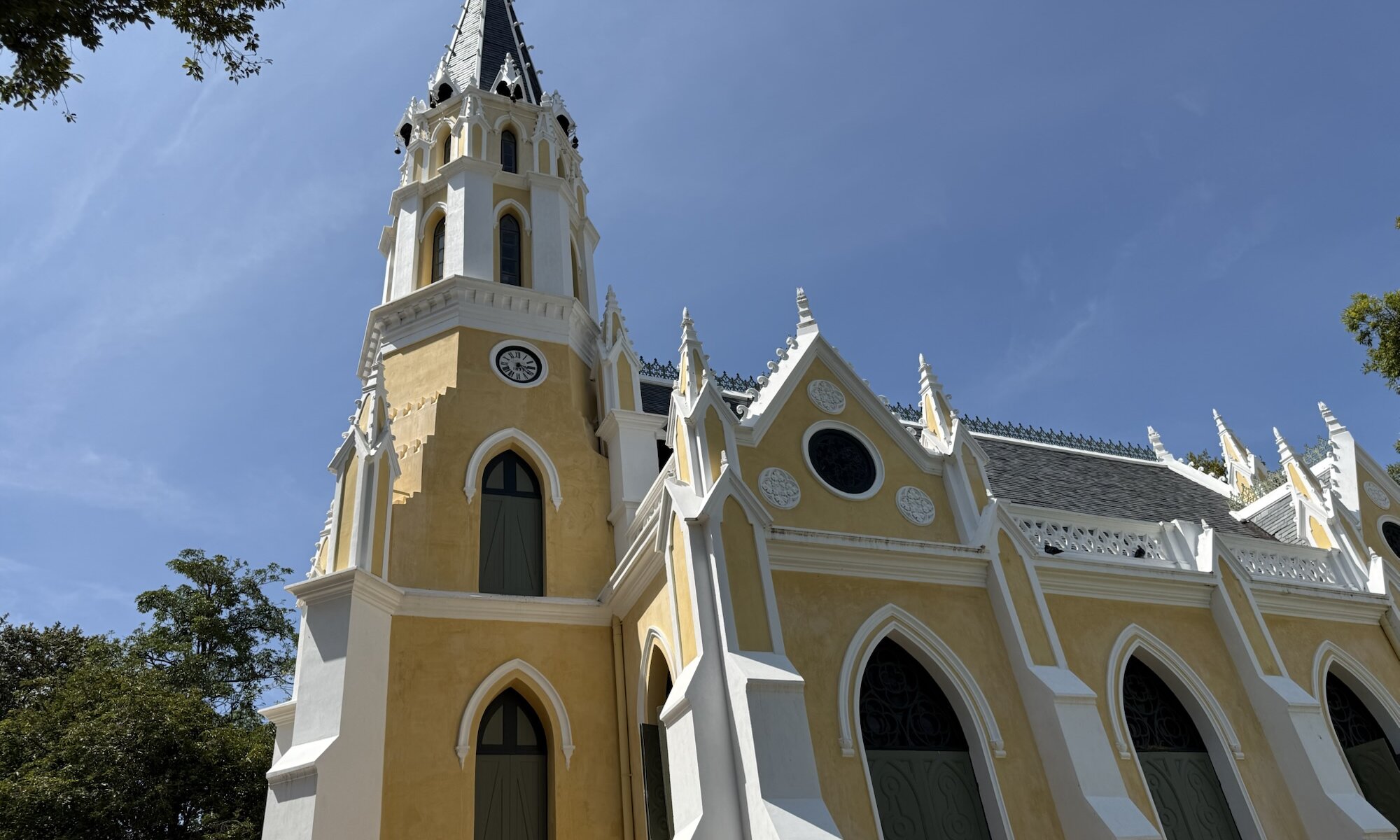Travelling on the Special Express Night Train from กรุงเทพฯ to เชียงใหม่ offers a unique blend of adventure, comfort, and cultural immersion. As the train departs the bustling capital, the city lights slowly fade, giving way to the serene nightscape of the Thai countryside. This overnight journey is a cherished experience for those who want to traverse the distance while resting, waking up refreshed and ready to explore the mountainous northern city. The rhythmic clatter of the tracks and the gentle rocking of the carriage provide a soothing soundtrack, making it an ideal way to travel for both locals and tourists alike.
Continue reading “12.5 hours”Ayutthaya
Once the thriving capital of the Siamese Kingdom, พระนครศรีอยุธยา stands as a remarkable testament to Thailand’s rich and complex history. Founded in 1350 by King U Thong, it flourished as a powerful political and economic centre for more than four centuries, until its destruction by the Burmese in 1767. During its heyday, พระนครศรีอยุธยา was a cosmopolitan hub that attracted diplomats, traders, and missionaries from across Asia and Europe alike, reflecting its significance not only within the region but also on the global stage. The city’s strategic location at the confluence of three rivers made it a vital commercial crossroads, contributing to its wealth and cultural exchange.
Continue reading “Ayutthaya”Buddha and the tree
Wat Mahathat in พระนครศรีอยุธยา is one of the most iconic and historically significant temples of Thailand’s ancient capital. Established in the 14th century during the early years of the Ayutthaya Kingdom, it served as a royal monastery and was a centre for religious learning and ceremonies. Over centuries, Wat Mahathat witnessed political and cultural shifts but remained a vital spiritual hub until it was largely destroyed during the Burmese invasion in the 18th century. Despite the extensive damage, the temple’s ruins still reveal the grandeur of พระนครศรีอยุธยา’s golden age.
Continue reading “Buddha and the tree”Former royal palace
Wat Phra Si Sanphet stands as one of the most remarkable and historically significant temples in พระนครศรีอยุธยา, the ancient capital of Siam. Established in the 14th century, this grand royal temple served as the royal chapel within the grounds of the old พระนครศรีอยุธยา palace complex. Unlike typical temples, it was reserved exclusively for royal ceremonies and never housed monks, underscoring its sacred importance to the kingdom’s monarchy and religious rituals. The temple’s architecture and layout were designed to represent the heart of พระนครศรีอยุธยา’s religious and political life.
Continue reading “Former royal palace”Summer palace
The Summer Palace at Bang Pa-In, located near พระนครศรีอยุธยา, stands as a remarkable testament to Thailand’s royal heritage and its encounter with diverse architectural influences. Originally constructed in the 17th century during King Prasat Thong’s reign, the palace complex was later abandoned before being revived in the 19th century by King Rama IV and Rama V. Intended as a royal retreat from the sweltering heat of กรุงเทพฯ, this palace served as a tranquil getaway where the monarchs could enjoy the beauty of nature alongside leisure and diplomatic engagements.
Continue reading “Summer palace”Buddhist church
Wat Niwet Thammaprawat in พระนครศรีอยุธยา is a fascinating temple with a distinctly European appearance, standing out amid the traditional Thai architectural landscape. Built in the late 19th century during the reign of King Rama V, this Buddhist temple was designed by a European architect under royal patronage. The temple’s unique Gothic Revival style, complete with pointed arches, stained glass windows, and a bell tower, gives it the appearance of a Christian church rather than a typical Thai wat. This unusual design was intended to demonstrate the king’s openness to Western influence while maintaining the temple’s sacred Buddhist function.
Continue reading “Buddhist church”